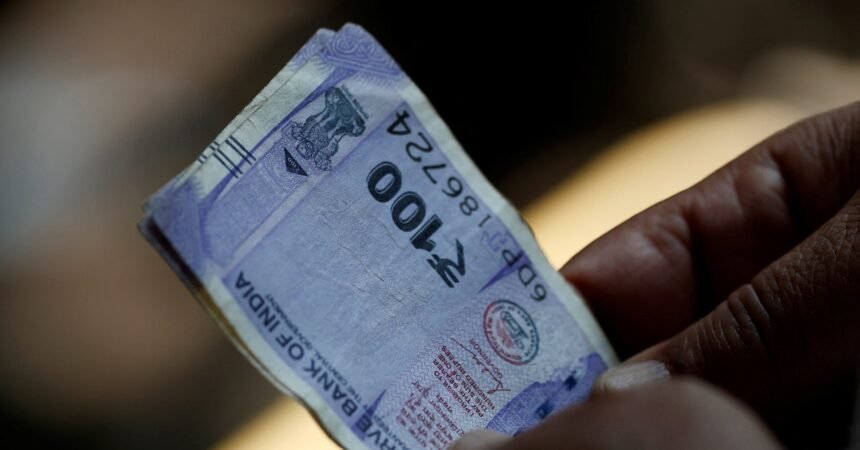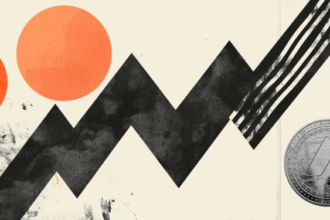MUMBAI, July 22 (Reuters) – The Indian rupee was pinned near its record low on Monday, amid weakness in most Asian currencies, with dollar sales from state-run banks helping the South Asian currency avert a decline.
The rupee was at 83.6525 against the U.S. dollar as of 09:40 a.m. IST, nearly unchanged from its previous close at 83.6625 in the previous session. The rupee had hit its all-time low of 83.6660 on June 20.
The rupee is “unlikely to weaken past 83.75 even if it does make an all-time low today,” a foreign exchange trader at a state-run bank said. Traders broadly expect the Reserve Bank of India to curtail any sharp decline in the rupee.
The consistently strong demand for dollars related to corporate payments has hurt the rupee in recent sessions, traders said.
“This increase suggests that the RBI is actively preventing the rupee from strengthening, even in the face of significant inflows into the equity and debt markets,” said Amit Pabari, managing director at FX advisory firm CR Forex.
Overseas investors have bought nearly $5 billion of local equities and debt, on a net basis, so far in July, according to stock depository data.
Investors now await India’s budget announcement on Tuesday and will focus on the government’s fiscal deficit target and gross market borrowing estimates.
Sign up here.
Reporting by Jaspreet Kalra
Our Standards: The Thomson Reuters Trust Principles.




















